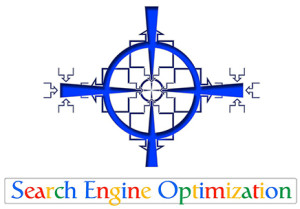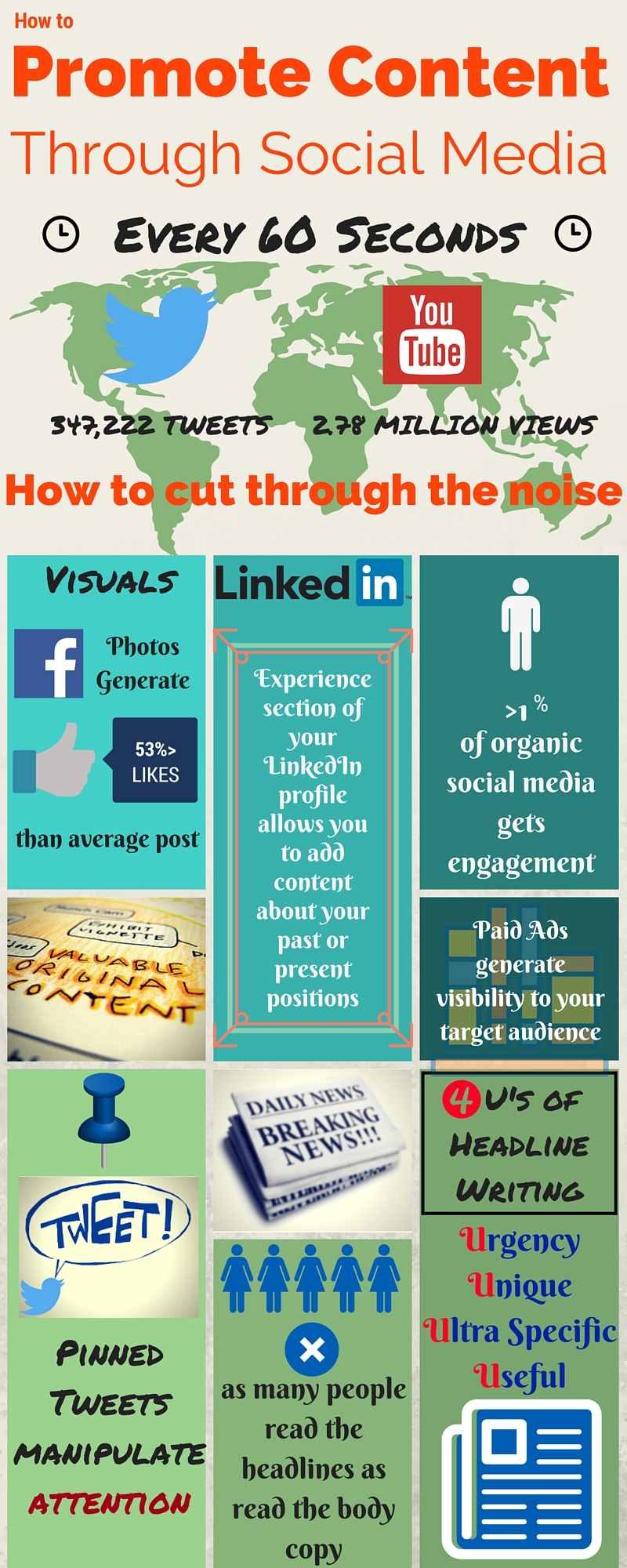 A great way to increase your chances of generating more traffic and better ranking is by practicing off-page SEO. While most people like to keep their readers on their own website, it’s just as important to have them go off-page and explore other content. Understandably that sounds like a bad idea; why would you want people to leave your website?
A great way to increase your chances of generating more traffic and better ranking is by practicing off-page SEO. While most people like to keep their readers on their own website, it’s just as important to have them go off-page and explore other content. Understandably that sounds like a bad idea; why would you want people to leave your website?
Off-page SEO basically gives Google an idea of what other people think about your website. In order for you to grow as a brand or website, people need to share your content outside of your website. Off-page SEO can increase your ranking, PageRank, and give your website more exposure.
Here are a Few Tips for the Best Off-Page SEO Practices
Link Building
There’s a reason that link building is the most talked about practice for off-page SEO; it works. Natural or organic links from reputable and like-minded websites will give Google the sense that you are a trustworthy website.
Google uses a variety of factors when determining how to rank a certain website or blog. While Google doesn’t outright state their secret ranking algorithm, it does hand out plenty of information on how to create relevant material. Of those hundreds of factors, the ones that top the list are the quality and number of links coming to your website or blog.
Link building can be an arduous process, which is why it’s very difficult to find yourself on the first page of Google. However, despite the effort, the reward of getting quality links to your website is worth the process.
In order to find yourself on authority sites such as The New York Times, CNN, and LinkedIn, you have to consistently show quality content. The content you produce should be of equal quality to those authority sites you are trying to reach.
LinkedIn has the ability for your content reach a wider audience much faster. With their pulse posts you are able to write content that has the possibility of reaching 433 million users. This is a great way to capitalize on LinkedIn as a vehicle for off-page SEO link building.
Broken Link Building
One method of gaining more off-page traction is broken link building. This is a great way to improve your natural link building that not too many people take advantage of.
Basically, what broken link building boils down to is fixing said broken link. You can do this by running a backlink analysis on a website relevant to the content you write about, find a broken link within that analysis and let the owner know about their broken link.
By helping the owner know about that broken link, they might help out and offer to include a link to your website as a replacement link. This is great simple way to increase your off-page SEO without having to do a ton of legwork.
Social Media
Another key ingredient to off-page SEO is a website’s social media presence. Social media has a direct impact on your websites exposure. An important aspect of what Google deems “quality content” is how much that content is shared.
Make sure you grow your social media outlets with a target audience in mind. For example, if you want to give nutrition advice you should be targeting people on Facebook whose interests include healthy eating, workout tips, and outdoor activities.
By staying active on certain pages that are relevant to your own and staying in the public eye, people from other pages will start to take notice of you and your content. In order to target people you need to subtly attract people to your website through different comment sections and forums.
It’s vital that you are actively using social media; otherwise your content won’t reach the people you want. Make sure you are commenting on message boards and responding to people’s comments or reviews. If you have a lot of great content but nobody following you or liking your page, you might as well be writing on a word document.
Distribution of Infographics
Sometimes visualizing a concept is better than reading about a concept. This is where infographics come in handy. An infographic is simply a representation of information, data, or knowledge that is presented as a graphic visual. As a society that continues to be more visual, infographics remain prevalent for spreading information. This is a great tool for off-page SEO because it gives you a better chance to go viral.
The reason that infographics can go viral faster is because of social media platforms like Twitter or Instagram. On both platforms, you’re only given a limited number of characters. This makes sharing pictures a lot more practical; it’s easier for people to look and quickly access information, where a 1,000+word article takes more time to read.
Infographics gives your readers a faster way to get familiar with your content. It can also provide an entryway to other areas of your website. Off-page SEO thrives only when others promote your brand, and infographics generate almost 40% more backlinks than a normal blog post. This gives your website an even better opportunity of being ranked higher as well as being seen more.
Quality Content is Critical
As I’ve stated above, when working on off-page SEO it’s critical that you are creating quality content. Obviously this is for your own website, but it also includes the websites that you link to.
If your website visitors think your content is useless to them they won’t be back. If you link them to a site with mediocre or unrelated content they may think less of you, too, and won’t visit again.
Make sure you are vigilant and thorough in your research; otherwise you will find yourself stuck at a low ranking.

 A great way to promote website content is through social media, but without a clear direction it can get fairly difficult.
A great way to promote website content is through social media, but without a clear direction it can get fairly difficult.